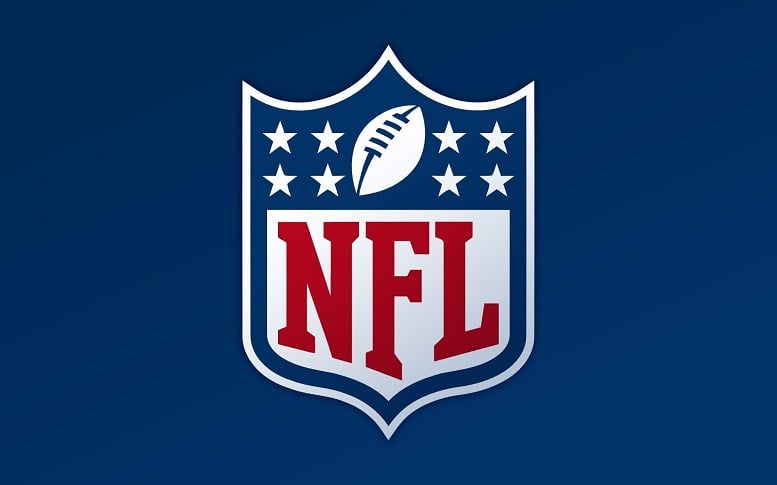The nature of the existence of the salary cap is such that it coaxes fans to root for good prices that favor the teams over the players, since the less your team can pay good players, in theory, the better team they’re able to field. This has made many fans highly invested in the desire to see their favorite players ‘take less money’. Be a team player, take a hometown discount. You’re not bigger than the whole.
The thinking in and of itself is logical, if cut-throat, given the fact that the NFL does operate under a salary cap. Rarely have fans been more viscerally aware of that than this year, when the cap dropped by over $15 million from last season, when it was expected to rise, in contrast, by about $10 million.
The pandemic happened, of course, and that’s why we are where we are. NFL teams lost about a quarter of their total revenue from the decimation of in-stadium attendance and purchasing. The cap could have been tens of millions less, in reality, had the owners fully had their way.
That’s one of the reasons that a lot of fans are celebrating the league’s new insanely lucrative TV deals, which are said to be valued at about an additional $10 billion in revenue per year, on a deal that lasts 11 years, for a total revenue windfall of an additional $110 billion over that span of time.
My handy dandy calculator tells me that $10 billion divided by 32 teams is $312.5 million per year. That’s an awful lot of new revenue for every team in the league. But don’t expect that all to suddenly flow, at least immediately, into the salary cap.
For starters, the new TV deals don’t actually come into effect until 2023. The current deals all run through at least the 2022 season. As Andrew Brandt wrote on Twitter yesterday, “those looking for a cap spike anytime soon will be disappointed”.
Yes, those looking for a Cap spike anytime soon will be disappointed. https://t.co/qqZiBVHQ8b
— Andrew Brandt (@AndrewBrandt) March 18, 2021
Remember, the league has already accommodated a massaging of where the salary cap would be if they had a full reckoning of the economic ravaging of the pandemic. The cap could be under $160 million right now. That means the rest of those losses will have to be accounted for over the course of the next couple of seasons as well, which will stunt the growth in the short term.
Granted, after a few years, we’re surely going to begin to see a precipitous rise, particularly with the full effect of the 17-game schedule coming into play. But teams like the Pittsburgh Steelers aren’t going to see immediate relief from a meteoric rise in 2022, for example.








